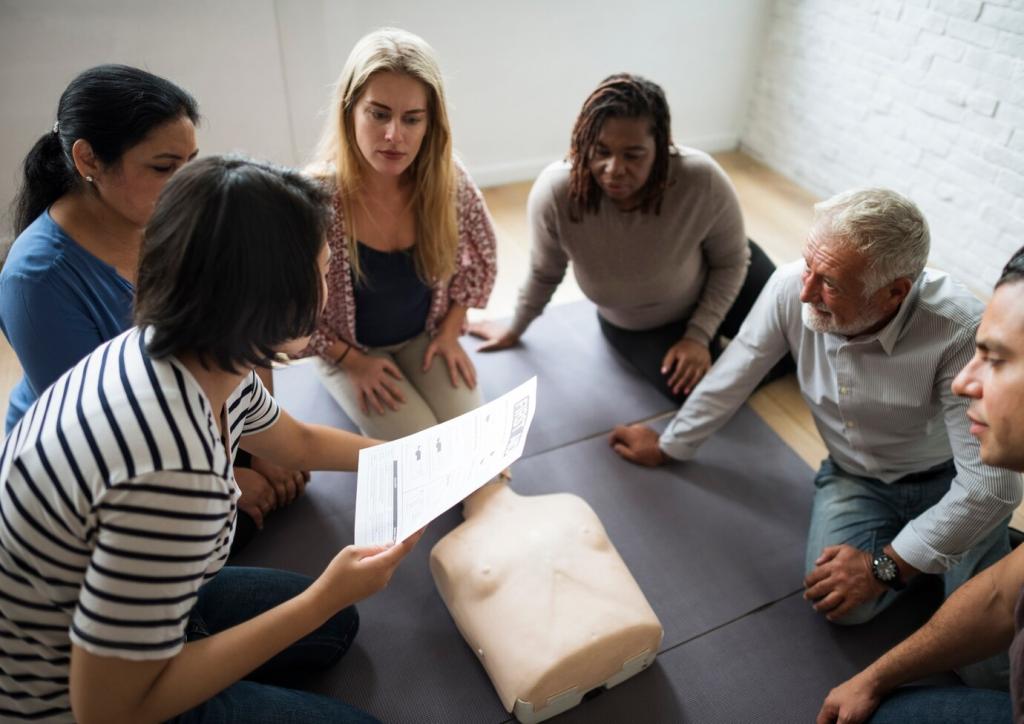Drowsiness and Low Energy
If you nod off daily, check basics first: consistent sleep, less late caffeine, lighter evening meals. Experiment with morning practice near natural light. A better-rested body makes it easier to overcome common challenges in meditation like mind fog.
Drowsiness and Low Energy
Sit with a tall, relaxed spine and slightly open eyes to invite alertness. Soften your jaw, widen your chest, and brighten the breath a little. If sleepiness persists, try mindful walking to keep attention steady without forcing.
Drowsiness and Low Energy
When drowsiness arrives, take three intentional breaths, stretch your fingers, or stand for a minute. Resetting the body can rescue the sit. Share which micro-reset works best for you, and help others facing the same hurdle.




